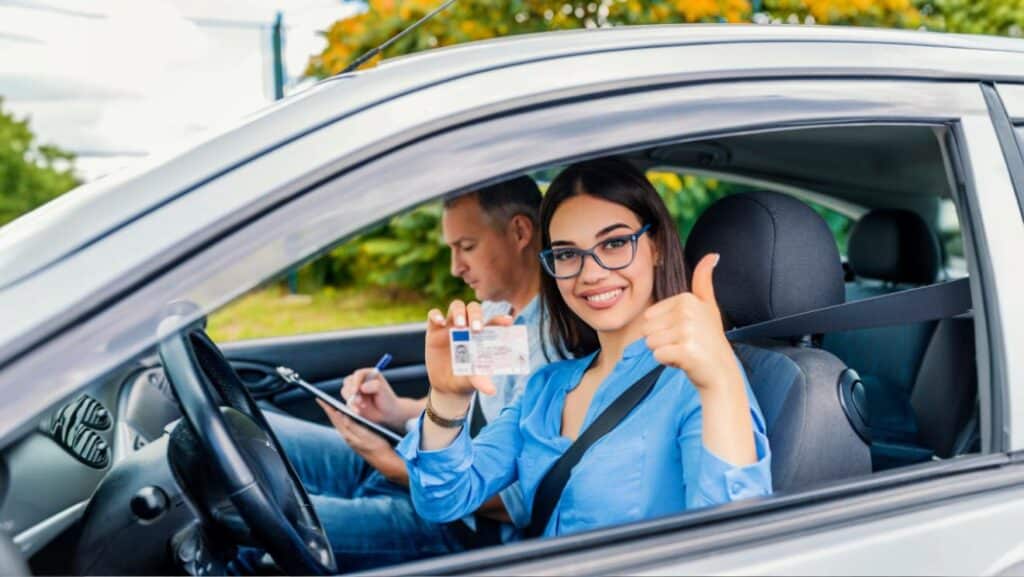What Makes a Driving School Stand Out?
Driving is more than a checklist of turns and signals it’s a daily decision-making skill. Whether you’re maneuvering through rush-hour traffic or easing into a tight parking spot, what you’ve learned in your training stays with you. But not all lessons are created equal.
When I joined LeaP Driving School, widely known as the Best Driving School in Edmonton, I expected the basics: signs, signals, and steering. What I got was something deeper real-life driving habits that continue to help me every time I’m behind the wheel.
Why Behind-the-Wheel Tips Matter More Than Theory
Anyone can read a driver’s handbook, but on-road experience is what truly shapes confident driving. The difference between a cautious driver and an uncertain one often lies in how they were trained – not just what they were taught.
The lessons I received at the Best Driving School in Edmonton weren’t just about passing a test. They were about building good habits, preparing for unexpected road situations, and thinking clearly while driving.
How These Tips Changed My Everyday Driving
These tips didn’t just prepare me for my Class 5 road test – they made driving feel natural. By the time I completed my course, I wasn’t memorizing moves, I was reacting instinctively, smoothly, and safely.
Let’s dive into the 8 behind-the-wheel tips I took away from the driving school and how they’ve made a lasting impact on the way I drive today.
1. Scan Farther Than the Car in Front
At first, I focused too much on the car directly ahead. But my instructor explained that this limits your reaction time. Instead, look 10–15 seconds ahead to detect changes in traffic early.
This habit helped me anticipate sudden stops, lane closures, and erratic drivers. At busy intersections like Whyte Avenue, I now feel more prepared because I’m watching the entire traffic pattern, not just one vehicle.
2. Stick to the 3-Second Following Rule
Tailgating is an accident waiting to happen. At the driving school, I learned the 3-second rule to maintain a safe buffer between my car and the one ahead. It’s a simple method:
- Choose a fixed point like a sign or post.
- When the car in front passes it, start counting.
- If you pass the point before three seconds, you’re too close.
This became second nature, especially on the Henday or Anthony Drive where speeds change fast.
3. Pause Before You Proceed at Green Lights
Green doesn’t always mean go immediately. I was taught to delay entry into intersections by a second – just enough to scan left and right for red-light runners. This one habit can prevent serious accidents, especially in high-traffic zones downtown.
Even now, I always hesitate for a beat when a light changes – it’s a protective reflex I picked up from the Best Driving School in Edmonton.
4. Check Mirrors With Purpose, Not Randomly
Before this course, I’d glance at mirrors sporadically – more out of habit than strategy. My instructor helped me time my mirror checks around key actions:
- Every 6–8 seconds during normal driving
- Before braking
- Before lane changes or turns
- After overtaking or merging
This rhythm helped me stay aware without becoming paranoid. It’s now part of my internal driving routine.
5. Control Begins with the Right Hand Position
Casually resting my hand on top of the wheel felt comfortable – until we practiced emergency turns. Then I understood why the “9 and 3” position is the gold standard.
Not only does it improve turning precision, but it also gives better reaction control during sudden maneuvers. Whether parking at West Edmonton Mall or taking a curve on Groat Road, this tip has saved me from sloppy steering.
6. Know Your Car’s Shape and Space
Before LeaP, I underestimated how much space my car needed to turn or park. But thanks to repeated exercises in tight spaces, I developed a mental map of my vehicle’s width, height, and turning radius.
One memorable exercise involved backing into an angled space between cones – no sensors, just mirrors and instinct. It made parallel parking downtown way less intimidating.
7. Leave Yourself an Exit in Every Situation
In traffic, don’t trap yourself between vehicles or walls. I learned to plan escape routes – keeping at least one side open whenever possible.
For example:
- Leave a car-length in front at red lights
- Don’t stay boxed in beside transport trucks
- Avoid tailgating even in stop-and-go traffic
This mindset adds a safety buffer in case something unpredictable happens – which it often does.
8. Practice Builds Calm, Not Panic
Early in my lessons, I would freeze during complex intersections or reverse parking. But repeated practice helped rewire my reaction from panic to purposeful action.
LeaP instructors were patient during my worst days. Their focus wasn’t on perfection – but progress. That emotional support transformed how I respond to stress while driving today.
Now, even when it’s raining, traffic is backed up, and GPS is glitching – I can focus and move with clarity. That comes from consistent, practical driving sessions taught at the Best Driving School in Edmonton.
Skills That Stay With You
Driving isn’t about having nerves of steel. It’s about building good habits that make decisions automatic. The tips I picked up from LeaP Driving School didn’t just help me pass – they continue to guide me every day.
From proper scanning to safe spacing, everything I learned plays a part in helping me stay alert, avoid accidents, and feel in control.
If you’re ready to build real-world skills that stick for life, learning from the Best Driving School in Edmonton might be your best first step.

